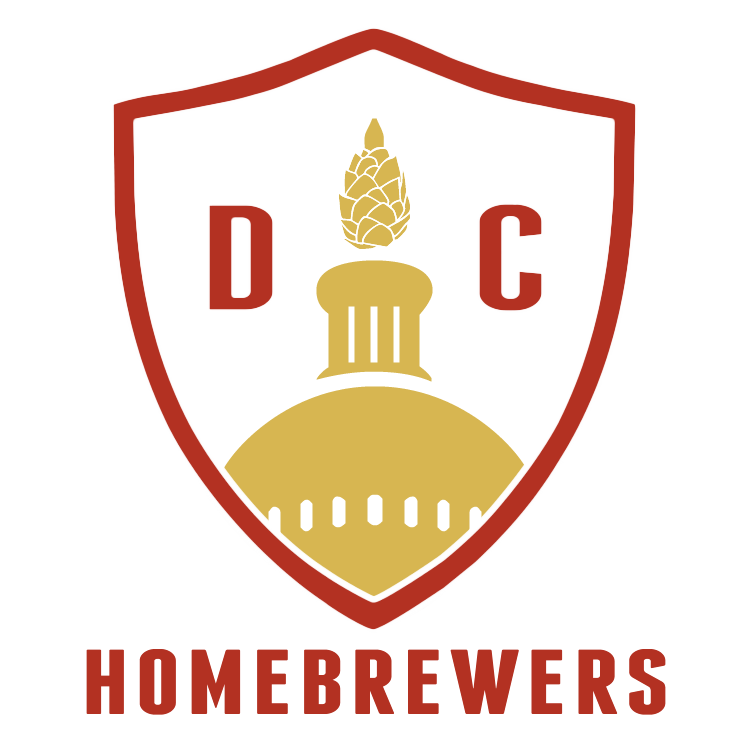It’s All About the Yeast
Most people who came to the meeting at Right Proper last night had a chance to taste the experimental comparison beers I brought. I learned a lot by brewing and tasting them, and I hope everyone else did as well. When we brew even simple batches, there are so many variables that it’s hard to know what causes a certain flavor in beer. The idea is simple: isolate one variable and alter it in a meaningful way.
The base beer was simple, an American Blonde ale clocking in at about 3.5%-4% ABV (depending on the yeast). It was an all grain batch made of 80% 2-row and 20% wheat, and mashed in at 130°F with rests at 145°F and 155°F. I used Columbus hops for a 60 min bittering addition targeting 12 IBUs. Sixty minute boil. Fairly bland.
I then cooled the wort to 65°F, divided it into 5 one gallon glass containers and pitched 5 different yeasts from the Fermentis dry yeast lineup:…

Farmhouse Ales
Farmhouse Ales – by Sean Gugger
There is no style I enjoy drinking and brewing more than Saison. There’s something about the complex flavors of pepper, spice, citrus, fruit, hay, and even some barnyard in a well-crafted saison that make it a unique sensory experience. From the brewing perspective, Saison is truly a blank canvas. A broad style that allows the brewer wide creativity and the ability to push his or her brewing limits. However, before I dive into brewing Saison, let’s backtrack and go over a brief history of these Belgian Farmhouse Ales.
I have to begin by giving credit to the book Farmhouse Ales (Brewers Publications, 2004) by Phil Markowski, the head brewer of Southampton Publick House and one of the pioneers of modern interpretations of the style, as I learned from it a majority of the information I am about to provide. It’s highly recommended for any beer fan that has even the slightest interest in traditional Belgian ales.
…
Read More